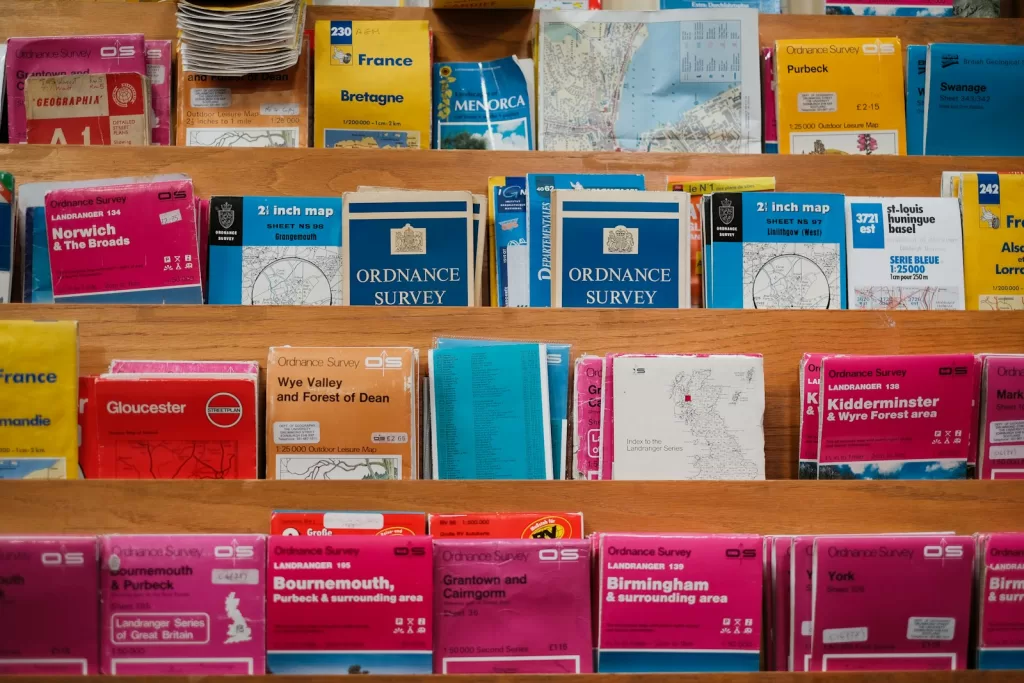A content map is a strategic tool that helps businesses visualize and organize their content marketing efforts. It outlines the relationships between different pieces of content and how they align with customer journeys. In this article, we’ll discuss what a content map is, its benefits, and how to create one.
What is a Content Map?
A content map visually represents the types of content a business will create, how it fits into the overall marketing strategy, and its relevance to different stages of the customer journey.
Benefits of a Content Map
- Clarity and Organization: A content map provides a clear overview of the content strategy, identifying gaps and opportunities.
- Alignment with Customer Journeys: Mapping content to customer journey stages ensures targeted and relevant content creation.
- Improved SEO Strategy: Identifying keywords and topics for content helps enhance SEO efforts.
- Enhanced Collaboration: A content map serves as a reference for teams, ensuring alignment on goals and messaging.
- Efficient Resource Allocation: Understanding content needs allows for better resource management and planning.
How to Create a Content Map
- Define Goals: Outline content marketing objectives to guide the strategy.
- Identify Audience: Develop customer personas to tailor content effectively.
- Map Customer Journey: Break down the customer journey into stages and identify relevant content for each stage.
- Brainstorm Content Ideas: Generate specific content ideas for each stage, considering various formats.
- Organize by Theme: Group similar content ideas to identify gaps and ensure comprehensive coverage.
- Include SEO Considerations: Assign relevant keywords to enhance search visibility.
- Create a Visual Representation: Use tools to create an easy-to-navigate content map.
- Review Regularly: Continuously assess and update the content map based on performance and business goals.
Best Practices for Using a Content Map
- Stay Customer-Focused: Tailor content to address customer pain points and preferences.
- Prioritize Quality: Focus on creating high-quality content that provides value.
- Utilize Analytics: Monitor performance to inform future content strategies.
- Encourage Collaboration: Foster teamwork among content creators to generate innovative ideas.
- Promote Cross-Channel Integration: Ensure consistency across all marketing channels.
Conclusion
A content map is a valuable tool for organizing and optimizing a content marketing strategy. By aligning content with customer journeys and continuously reviewing performance, businesses can create targeted, effective content that resonates with their audience.
